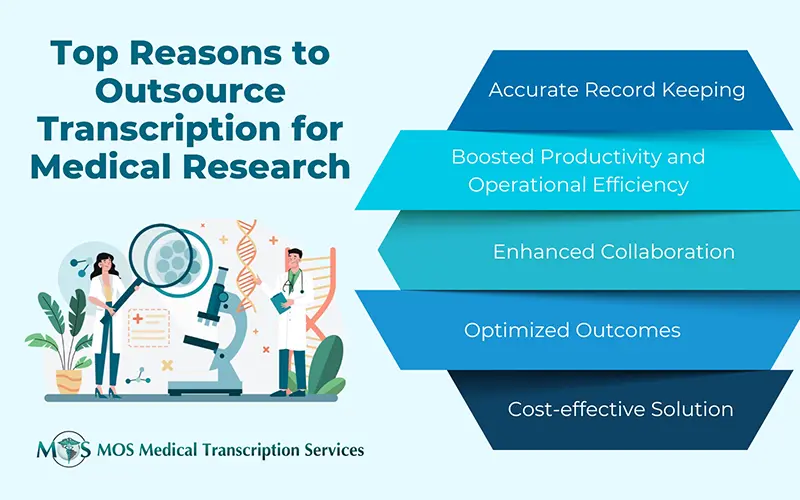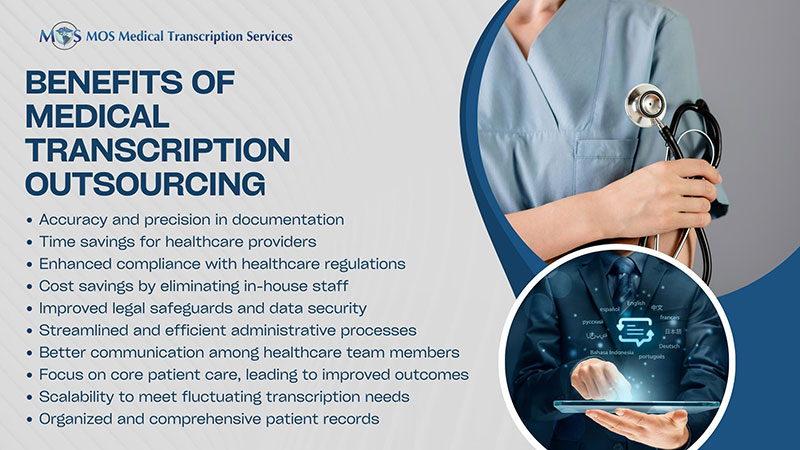 While providing quality care, today’s physician has to deal with a host of challenges – from increasing regulations, electronic health records, and prior authorizations to managing payer and patient requests, fighting burnout, and much more. Outsourcing medical transcription and revenue cycle management helps when it comes to dealing with documentation tasks and billing. However, conducting cost of care conversations is one thing that continues to be a challenge for most physicians.
While providing quality care, today’s physician has to deal with a host of challenges – from increasing regulations, electronic health records, and prior authorizations to managing payer and patient requests, fighting burnout, and much more. Outsourcing medical transcription and revenue cycle management helps when it comes to dealing with documentation tasks and billing. However, conducting cost of care conversations is one thing that continues to be a challenge for most physicians.
According to a 2017 Kaiser Family Foundation report, the price of health insurance premiums has increased by 55 percent over the past decade. As patients are facing greater out-of-pocket expenses and more high-deductible health plans, they are demanding greater transparency around healthcare costs. In fact, cost transparency has become one of the most important topics in healthcare. SeemaVerma, Administrator According to a recent revcycleintelligence.com report, CMS administrator SeemaVerma says that the patient experience should mimic that of other industries when it comes to price transparency and the ability to compare services.
“If you’re buying a car or pretty much anything else, you’re able to do some research,” says Verma. “You’re able to know what the quality is. You’re able to make comparisons. Why shouldn’t we be able to do that in healthcare? Every healthcare consumer wants that.”
Physicians need to know how to conduct cost of care conversations effectively. However, both physicians and patients face certain challenges when it comes to discussing costs of care. Let’s look at the barriers from the provider’s point of view.
- Costs depend on various factors that are not easy to calculate: Calculating a fixed price for patients when they seek healthcare services is difficult as actual costs of care are based on several factors such as wages and labor, pharmaceuticals, medical instruments and other supplies. Patient characteristics also play a role in determining healthcare prices. For example, a patient with several chronic conditions or complications may require additional services and, therefore, incur additional costs compared to a healthier person.
- Lack of awareness about patients’ insurance: Physicians are unlikely to be aware about the details of a particular patient’s health plan. A paper published by the American Medical Association in 2015 noted that this may impede discussions on costs of care. The setting or location of the health care good or service are also factors determining costs. For instance, Medicare deductibles vary for acute hospitalization and for emergency department care if the patient is not admitted, or is ‘kept under observation’. The study notes that in such situations, the physician may not be able to predict what a given patient will pay for a particular intervention or treatment episode.
- Prices vary among insurance companies: Hospitals have a chargemaster with a comprehensive list of all the items billable to a hospital patient or a patient’s health insurance provider. However, though physicians may have access to their hospital’s chargemaster, actual charges will vary by payer. Insurance companies negotiate prices with providers, and so the costs for the same procedure can differ considerably for patients covered by separate payers, even if they are at the same hospital. Therefore, chargemaster prices are problematic to give to consumers because they rarely pay that price.
- Cost of care discussions are also challenging from the patient’s perspective: The Healthcare Financial Management Association (HFMA) reports that surveys reveal that, though they want financial information from physicians, patients arehesitant to talk money.
- Time constraint: One reason why patients are hesitant to bring up the subject of cost is the limited time available for such discussions during the office visit.
- Social stigma: The HMFA report also notes that many patients are embarrassed to talk about financial strain. Those with the largest out-of-pocket costs are those in the high income bracket. They have private health insurance that includes a high deductible.
According to report published by the Robert Wood Johnson Foundation, many patients feel that physicians will be unhelpful in reducing costs. They believe that discussing high costs of care is futile because nothing can be done about it.
Finally, there’s concern that bringing up the subject of costs may lead to lower-quality care. The specific challenges that low-income patient populations can face when discussing cost include greater financial limitations, difficulties in accessing or utilizing transparency tools, and lack of trust in the health care system.
With the focus on value-based care and the increasing demand for price transparency in the face of rising out-of-pocket costs, it is critical for physicians to learn how to conduct or improve cost-of-care discussions with patients. Not having such conversations that could help reduce out-of-pocket burdens could lead to non-adherence to prescribed regimens or treatment regimens because patients cannot pay for them.
The study that Avalere conducted for the Robert Wood Johnson Foundation, made the following recommendations to overcome the barriers to successful cost-of-care conversations between clinicians and patients:
- Patient education: Clinicians should educate patients on cost concerns as this will benefit both patients and physicians.
- Tools and resources: Physicians should have access to analytical tools to better identify and target patients who are under-insured or low-income or those with low health literacy as cost-of-care conversations are critical for these groups.
 Improved workflow: Integrating clinical and financial information systems may enable physicians to identify opportunities to engage in cost-of-care conversations, and feel more confident of providing patients with viable financial solutions.
Improved workflow: Integrating clinical and financial information systems may enable physicians to identify opportunities to engage in cost-of-care conversations, and feel more confident of providing patients with viable financial solutions.- Training: Physicians may benefit from education programs on how to use financial tools in a clinical context for significant patient conversations.
- Measurement: With the emphasis on quality of care, physicians should be able to facilitate cost-of-care conversations that reduce clinical costs and improve the healthcare experience.
- Synergy and scaling: Clinicians must make cost conversations an integral part of their practice to create a holistic care system that serves the individual as both patient and consumer.
RWJF suggests four strategies physicians can discuss with patients to help lower costs without changing the care plan:
- Changing the timing, source, or location of care
- facilitating co-pay assistance
- providing free samples; and
- changing/adding insurance plans
CMS’ latest initiative on promoting health care price transparency is requiring hospitals to post a list of their standard charges online. As providers focus on conducting meaning conversations with patients on costs of care at the office visit, they can rely on experienced medical transcription companies to manage their EHR-related documentation tasks. Quality documentation is necessary to ensure that patients receive the best available care.


